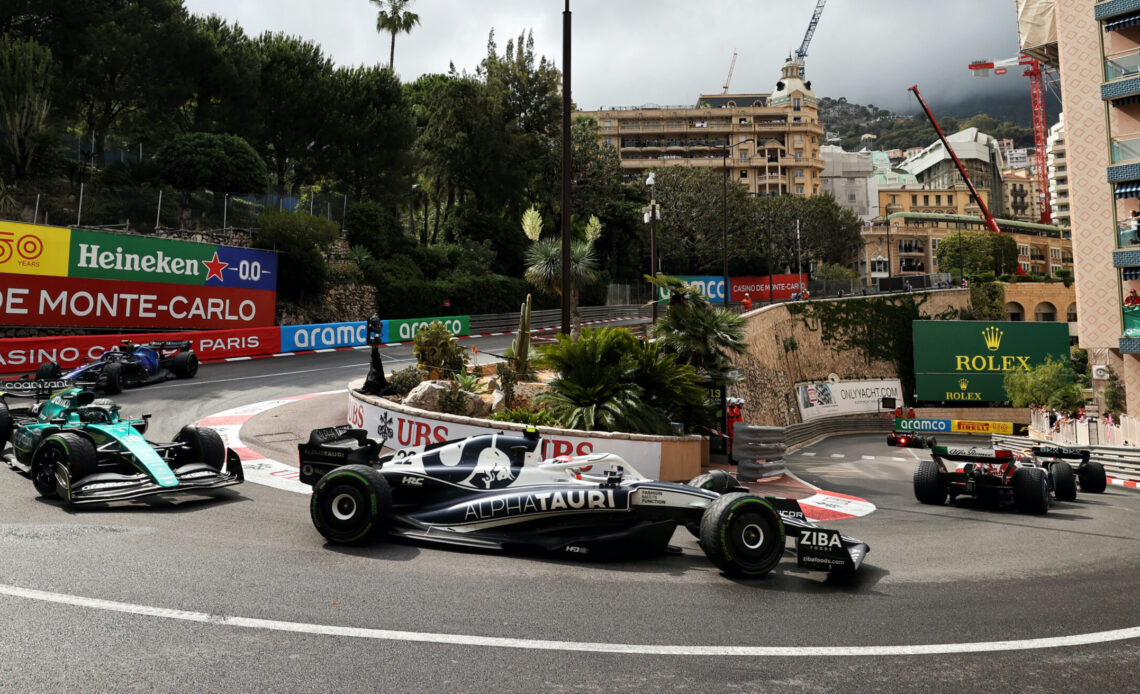FORMULA 1 (F1) cars are the fastest regulated road-course racing vehicles in the world. Although these open-wheel automobiles are only 20–30 kilometers (or 12–18 miles) per-hour faster than top-of-the-line sports cars, they can speed around corners up to five times as fast due to the powerful aerodynamic downforce they create. Downforce is the vertical force generated by the aerodynamic surfaces that presses the car toward the road, increasing the grip from the tires. F1 aerodynamicists must also monitor the air resistance or drag, which limits straight-line speed.
The F1 engineering team is in charge of designing the next generation of F1 cars and putting together the technical regulation for the sport. Over the last 3 years, they have been tasked with designing a car that maintains the current high levels of downforce and peak speeds but is also not adversely affected by driving behind another car. This is important because the previous generation of cars can lose up to 50% of their downforce when racing closely behind another car due to the turbulent wake generated by wings and bodywork.
Instead of relying on time-consuming and costly track or wind tunnel tests, F1 uses Computational Fluid Dynamics (CFD), which provides a virtual environment to study the flow of fluids (in this case the air around the F1 car) without ever having to manufacture a single part. With CFD, F1 aerodynamicists test different geometry concepts, assess their aerodynamic impact, and iteratively optimize their designs. Over the past 3 years, the F1 engineering team has collaborated with AWS to set up a scalable and cost-efficient CFD workflow that has tripled the throughput of CFD runs and cut the turnaround time per run by half.
F1 is in the process of looking into AWS machine learning (ML) services such as Amazon SageMaker to help optimize the design and performance of the car by using the CFD simulation data to build models with additional insights. The aim is to…
Click Here to Read the Full Original Article at Racecar Engineering…

